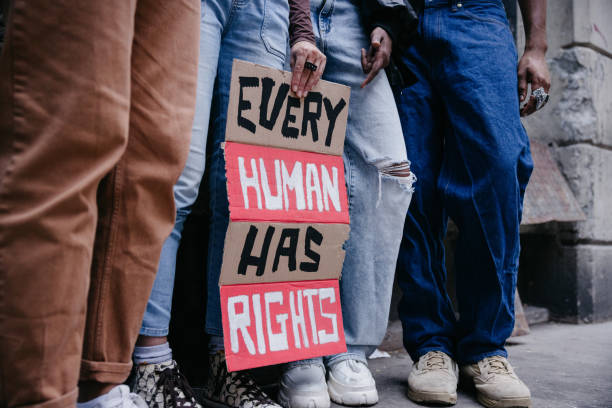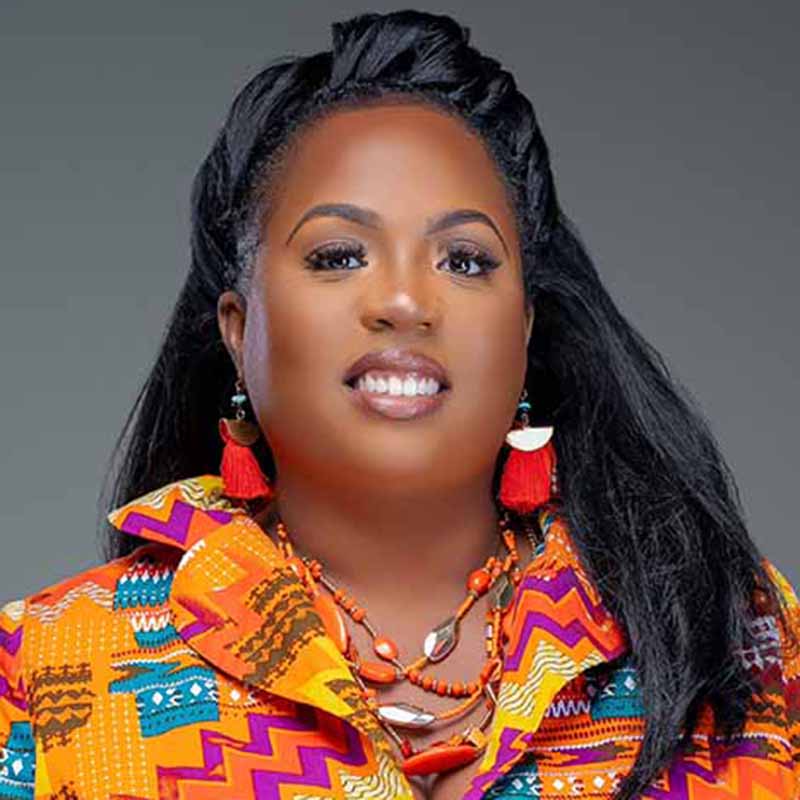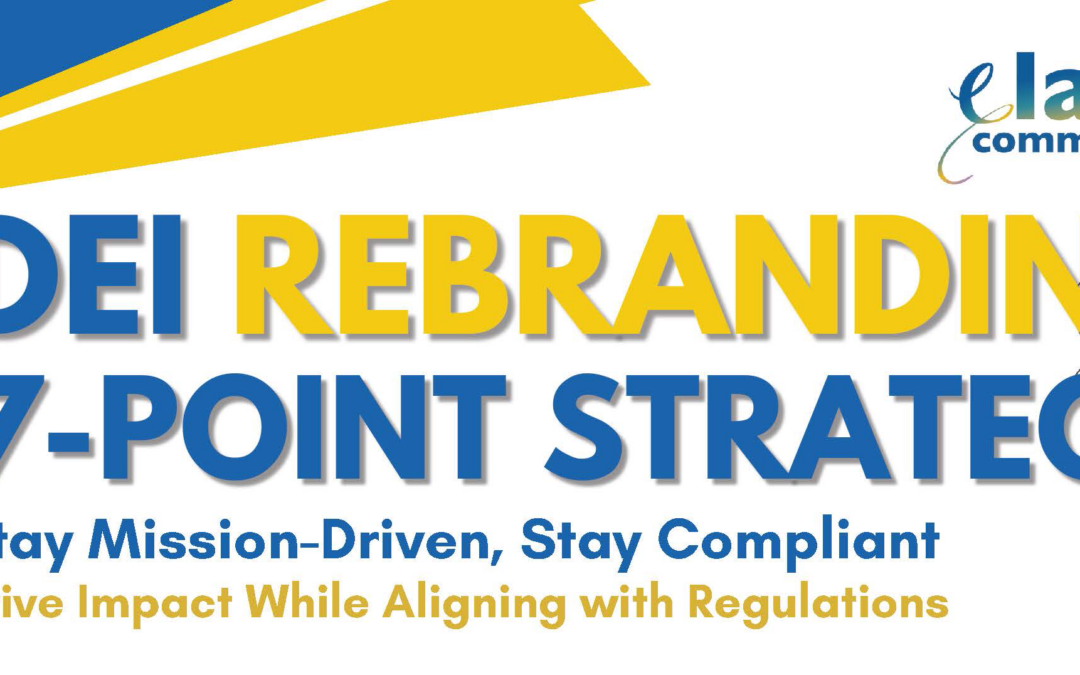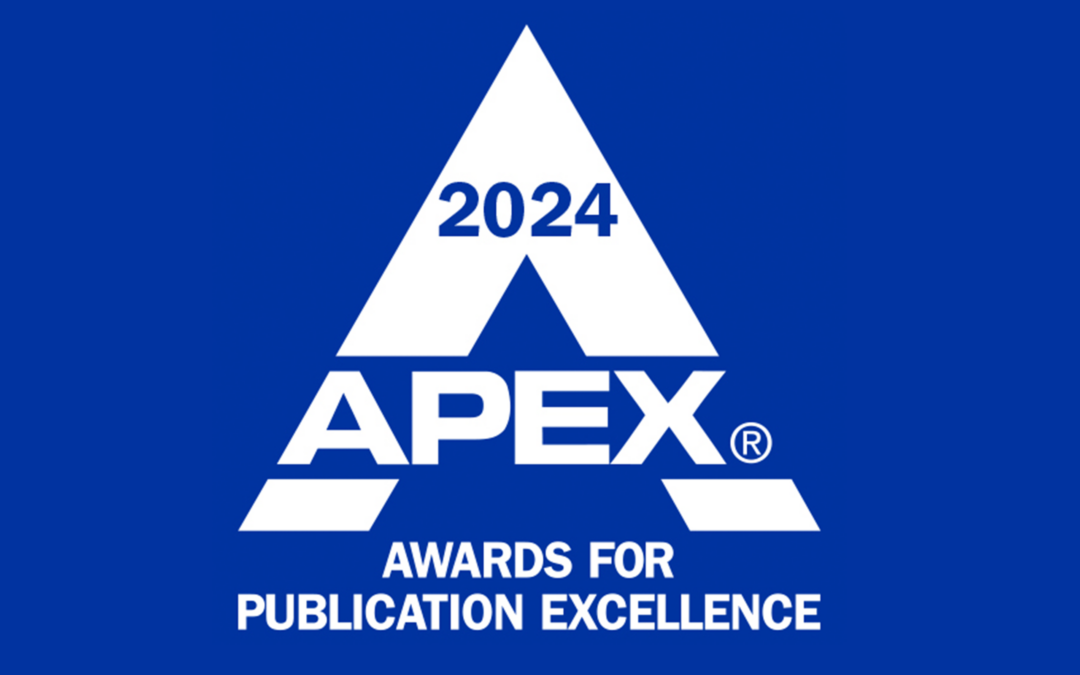The Origins of Inclusive Communications
Inclusive communications has become a vital aspect of modern discourse, shaping how we interact in professional, social, and digital spaces. Its focus is on ensuring that messages are accessible and respectful to diverse audiences. But where did this practice originate, and how has it evolved? Explore the roots of inclusive communications, and trace its development through history.
The journey toward inclusive communications has been long and is ongoing. As our understanding of diversity and inclusion evolves, so too will our communications practices. By recognizing the historical context and continuing to adapt our language, we create more welcoming and equitable environments for all.
The beginnings: Early foundations of inclusivity
The foundations of inclusive communications can be traced to the human rights movements of the 20th century as the era saw a growing recognition of the need to address inequalities and ensure that marginalized voices were heard. It marked a significant turning point in the evolution of inclusive communications.
- Civil Rights Movement: The Civil Rights Movement of the 1950s and 1960s in the United States played a crucial role in advocating for racial equality and justice. During this time, marginalized groups began advocating for equal rights and representation, which naturally extended to language and communication. The movement emphasized the importance of inclusive language and representation, highlighting how language could both reflect and perpetuate social injustices.
- Women’s rights movement: The women’s rights movement during the 1960s and 1970s brought attention to gender inequality and the need for language that reflects and respects women’s experiences. Terms such as “feminist,” “gender-neutral,” and “empowerment” began to gain prominence in discussions about inclusive communications.
- Disability rights movement: The disability rights movement, which gained momentum in the 1970s and 1980s, focused on creating accessible environments and using respectful language to describe people with disabilities. The shift from “handicapped” to “people with disabilities” represented a significant step toward recognizing individuals as more than their impairments.
- Multicultural awareness: As societies became more diverse and globalized, there was a growing recognition of the need for culturally sensitive communication in the 1980s and 1990s. This led to increased awareness of how language could exclude or marginalize certain ethnic and cultural groups.
- LGBTQ+ advocacy: The LGBTQ+ rights movement has significantly influenced inclusive language practices. From the 1990s onward, there has been a growing acceptance of diverse gender identities and sexual orientations, leading to new terminologies and pronouns that respect individual identities.
- Corporate adoption: By the early 2000s, many corporations began recognizing the importance of inclusive communications in fostering diverse and productive workplaces. This led to the development of corporate style guides and training programs focused on inclusive language.
The advent of inclusive language and digital communication
The late 20th and early 21st centuries witnessed rapid advancements in technology and the discourse surrounding inclusivity. This period saw the formalization of inclusive communications practices and their widespread adoption across platforms.
- Inclusive language guidelines: Organizations and institutions began developing guidelines to promote inclusive language. For example, the American Psychological Association introduced guidelines that emphasized the importance of using language that avoids bias and stereotypes.
- Digital revolution: The rise of digital communications tools and social media platforms has amplified the need for inclusive communications. Online spaces have provided a platform for diverse voices and have also highlighted the need for respectful and inclusive language to address global audiences.
- Gender identity and pronouns: The increased visibility and acceptance of diverse gender identities have led to greater awareness about the importance of using correct pronouns and gender-neutral language. This shift has been crucial in fostering more inclusive and respectful interactions.
The ongoing evolution: Towards greater inclusivity
Inclusive communications continues to evolve as societies grow more aware of the complexities of identity and representation. Current trends include:
- Intersectionality: The concept of intersectionality highlights the interconnected nature of social categorizations such as race, class, and gender. Inclusive communications now often considers these overlapping identities to address issues more comprehensively.
- Global perspectives: As communication becomes more global, there is a growing emphasis on cultural sensitivity and respect for diverse traditions and norms. Understanding the nuances of language and its impact in different cultural contexts is increasingly important.
- AI and accessibility: Advances in artificial intelligence and digital accessibility are shaping the future of inclusive communications. Efforts to make technology more accessible to people with disabilities and to ensure that AI systems do not perpetuate biases are key areas of focus.
The journey toward inclusive communications has been shaped by a long history of advocacy, evolving norms, and technological advancements. From ancient philosophical debates to contemporary discussions of gender and digital accessibility, the quest for inclusivity reflects a broader commitment to fairness and respect. As we continue to navigate a diverse and interconnected world, understanding the origins and evolution of inclusive communications can help us engage more thoughtfully and effectively with one another.









